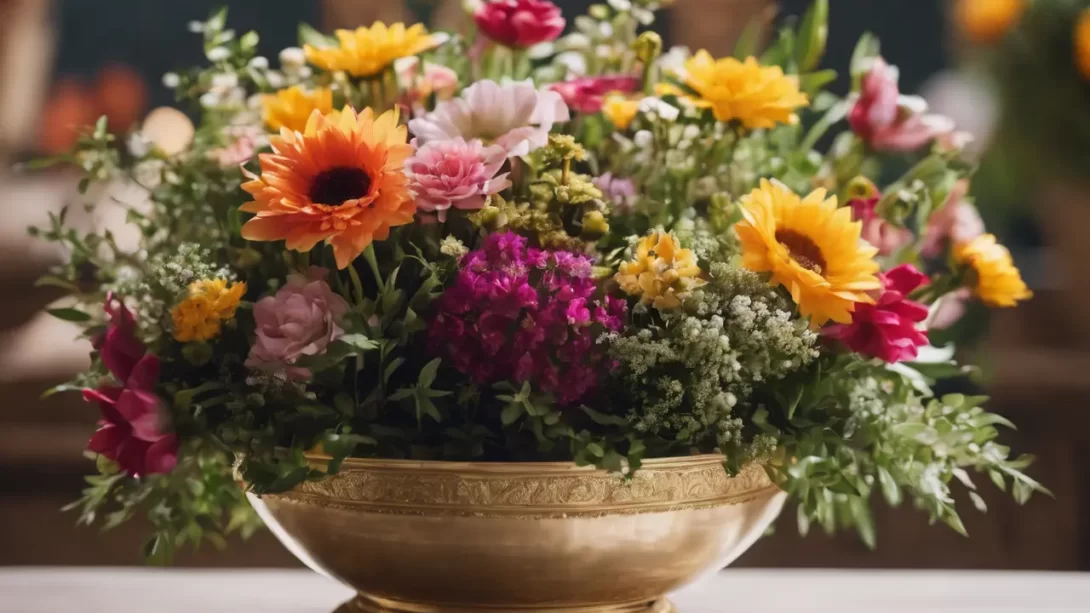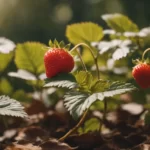A flower frog is an essential tool in the art of floral arrangement, serving as a base to hold flowers in place. These devices have been used for centuries, evolving from their origins in Japanese Ikebana to a staple in modern Western floristry. Flower frogs are prized for their ability to create more natural and sustainable arrangements, as they eliminate the need for foam bases. Their use encourages precision and creativity, allowing each stem to be placed with intention.
Types of Flower Frogs
Flower frogs come in various types, each suited to different styles and needs. The most common are pin frogs, featuring a base with upright needles, ideal for heavy or thick-stemmed flowers. Cage frogs have a grid design, offering excellent support for lighter, delicate blooms. Needle frogs, resembling a bed of nails, provide a high degree of control for intricate designs. These tools are typically made from metal, glass, or ceramic. When selecting a flower frog, consider the size of your container, the weight and structure of your flowers, and the complexity of your intended design.
Preparing Your Flower Frog
Before using a flower frog, it’s important to ensure it’s clean and free of rust or dirt, which could harm your flowers. If it’s a pin or needle type, a light coating of clear nail polish can prevent rust. To secure the frog in your container, use a waterproof floral adhesive or clay. Always handle with care, especially the pin and needle types, as they can be sharp. Proper placement and securing of the frog are crucial for the stability of your arrangement.
Basic Techniques for Arranging Flowers with a Frog
Creating a stunning arrangement begins with a solid foundation. Start by placing your flower frog securely at the bottom of your chosen container. When inserting stems into a flower frog, do so gently but firmly. Begin with your largest or main flowers, positioning them to establish the arrangement’s shape and height. Follow with smaller blooms, filling in gaps and creating a balanced look. It’s important to consider the angle at each stem enters the frog, ensuring each flower is supported and positioned to complement the overall design.
Advanced Flower Frog Techniques
For more intricate arrangements, advanced techniques come into play. Focus on layering flowers at different heights and depths to create a sense of fullness and dimension. Experiment with varying textures and colors, intertwining delicate blooms with bolder, larger flowers for contrast. Utilizing foliage and different plant materials, like branches or grasses, can add unique touches to your arrangement. In advanced designs, the flower frog not only provides stability but also allows for creative freedom, enabling flowers and foliage to be positioned at unconventional angles for dramatic effect.
Caring for Your Arrangement
Maintaining the freshness of your floral arrangement is key. Ensure the container is filled with clean water, and consider adding a flower food to prolong bloom life. Regularly check the water level, as flowers may absorb water quickly, especially in the first few days. If you notice wilting or fading flowers, remove and replace them to keep the arrangement looking its best. After disassembling your arrangement, clean the flower frog thoroughly to remove any plant residue or dirt, ensuring it’s ready for your next creation.
Conclusion
The use of a flower frog in floral arrangements is not only a nod to traditional floristry but also a step towards more sustainable and creative practices in modern flower design. These versatile tools open up a world of possibilities, allowing both amateur and professional florists to experiment with different styles, textures, and forms. The precision and stability provided by a flower frog enable the creation of arrangements that might otherwise be difficult to achieve.
Whether you’re a beginner or an experienced florist, the flower frog is a valuable addition to your toolkit. Its ability to transform a bunch of flowers into a cohesive, elegant display is unparalleled. As you continue to work with flower frogs, you’ll discover new techniques and styles, enhancing your floral arranging skills. Remember, the key to mastering the art of using a flower frog lies in experimentation and practice. So, embrace your creativity, and let your flower frog be your guide in the enchanting journey of floral design.



